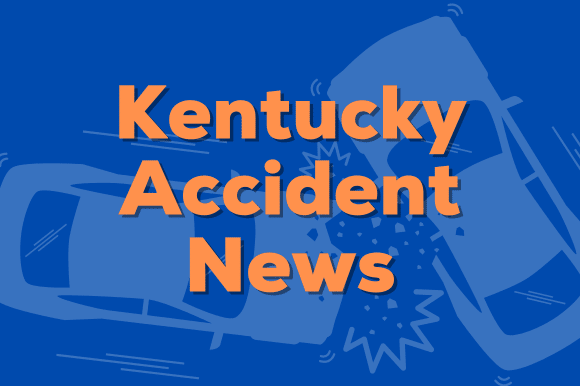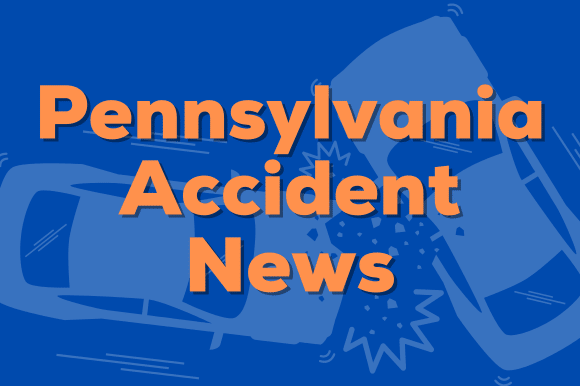

When Gov. Gavin Newsom laid out his revised state budget proposal last week, he emphasized how President Donald Trump and his administration made forecasting California’s economic future even harder. To see that chaotic uncertainty in action, all one needs to look at is the daily investment returns posted by the California Public Employees’ Retirement System.
As of Friday morning the nation’s largest public pension fund, CalPERS, has a total market value of $539 billion. But in the days following “Liberation Day,” when Trump first imposed his tariffs on April 2, CalPERS losses hovered around $25 billion. In the first two days alone, CalPERS lost $15 billion, while the stock market experienced a $6.6 trillion wipeout.
The pension fund’s bounceback from a $508 billion-low on April 7 could be attributed to Trump easing off his most severe tariffs and making a deal with China to pause the highest tariffs for 90 days.
But more volatility is likely on the horizon: In an April board meeting, CalPERS CEO Marcie Frost said the agency is keeping its “eyes on the road ahead as we navigate all the twists and turns of the current time.”
- Frost: “Global economies expand or contract for a variety of reasons. But we must prepare for the possibility that current events here in the U.S. could have a serious impact on our investment returns as of June 30 and into the fiscal year that begins after that.”
Meanwhile, Newsom described Trump’s tariff rollout as “remarkably inconsistent,” and to plug California’s $12 billion budget hole, the governor is proposing controversial shifts in funding that are drawing ire from advocates and stakeholders:
- Health care: Newsom wants to use $1.6 billion from Proposition 35 — which voters approved in November to increase the pay of doctors who treat Medi-Cal patients — toward the deficit. He also wants to move $500 million initially earmarked to support family planning and women’s health care to the state’s general fund. Both proposals are getting pushback from doctors, hospitals and clinics, which argue that it is wrong to reroute money voters set aside for specific health costs. Read more from CalMatters’ Kristen Hwang.
- Climate projects: In addition to extending California’s cap and trade program through 2045, Newsom wants to commit more than half of the money it generates this year, or roughly $4.8 billion, to Cal Fire operations and the High-Speed Rail Project. The cap and trade program has provided billions of dollars for projects aimed at combating climate change. Critics of Newsom’s proposal say moving the money would mean limiting resources for the state’s other environmental efforts, such as reducing emissions from gas-powered cars. Read more from CalMatters’ Alejandro Lazo.
On Saturday the nonpartisan Legislative Analyst’s Office released its review of the governor’s updated state budget plan. Though it projects a $14 billion deficit, the analyst’s office considers Newsom’s “spending reductions appropriate.”
Join CalMatters and Evident in Bakersfield on Wednesday for a screening of Operation: Return to Sender, a short documentary uncovering what really happened during a three-day Border Patrol raid in Bakersfield. After the film, CalMatters’ Sergio Olmos and others will discuss what the team uncovered and what it means for immigration enforcement. Register today or attend our Los Angeles screening on Thursday.
Your favorite state, in photos: CalMatters has teamed up with CatchLight on “California in Pictures,” a monthly newsletter that highlights compelling photojournalism from across the state. See the latest edition here. Sign up to receive the next one. And read more about it from our engagement team.
Other Stories You Should Know
What can high school grads wear?

Two months ago, the Trump administration said it would withhold federal funding to school districts that promote diversity, equity and inclusion through clubs, activities and graduation ceremonies. Though a judge has since temporarily blocked that order and California is filing a separate lawsuit to stop the order, one state lawmaker wants to make it easier for students to wear tribal or other cultural regalia at graduation.
As CalMatters’ Carolyn Jones explains, a bill by Democratic Assemblymember James Ramos of San Bernardino would eliminate the pre-approval process for students who want to wear cultural regalia — Native American or otherwise — at graduation. Native students, families and tribes say schools require notice too far in advance because students often receive their regalia on graduation day, sometimes as a gift from a grandparent or tribal elder. This can be stressful for students on graduation day, since they’re unsure whether they’ll be allowed to wear the regalia.
Jennie Rocha, who graduated from Clovis North High School last year, said she was nervous arriving at graduation because she wore a Comanche stole that the school had initially denied.
- Rocha: “I wanted to wear it because I feel like everything I have is because of the Comanche. I wouldn’t be able to go to college without their support.”
But schools argue they need a pre-approval process for all students to ensure the regalia are respectful and appropriate.
Public silenced at bill hearings

As state legislators wade through the more than 2,000 bills they introduced this year, residents from across the state who travel to Sacramento to speak in support or opposition of those proposals can sometimes find themselves given just a few seconds to speak or silenced altogether, write CalMatters’ Ryan Sabalow and Hans Poschman.
In the past two months, there have been at least a dozen examples of committee leaders cutting off speakers midway through their remarks, or prohibiting them to talk at all due to time constraints. Legislators say it’s sometimes necessary to ensure hearings don’t drag into the night, while ensuring other members of the public, as well as lobbyists and advocates, get their say too.
But for Californians who must drive hours from remote parts of the state, it can be frustrating and discouraging to have their viewpoints be rushed through the legislative process. In April, Elizabeth Washoe took a day off work to drive five hours from Modoc County to the state Capitol to speak in support of a bear-hunting bill. She was given only a few seconds to speak.
- Washoe: “I would love to have more time to say something. It’s not equitable representation for rural areas.”
And lastly: The wait for federal wildfire relief

Months after devastating wildfires, Los Angeles County still hasn’t received the $40 billion in federal aid requested by Newsom. CalMatters’ Alexei Koseff and video strategy director Robert Meeks have a video segment on the pressure political leaders are mounting to secure disaster relief as part of our partnership with PBS SoCal. Watch it here.
SoCalMatters airs at 5:58 p.m. weekdays on PBS SoCal.
California Voices
Lawmakers should pass a Senate proposal that would create public catastrophe models as a check on proprietary risk prediction models insurers use to justify rate increases and conceal information, writes Jordan Haedtler, climate financial policy strategist with Climate Cabinet.
Other things worth your time:
Some stories may require a subscription to read.
Trump wants to let chainsaws loose in CA national forests. Here’s how it could go // San Francisco Chronicle
GM is pushing hard to tank CA’s EV mandate // The Wall Street Journal
With its climate progress under assault, CA takes up a multipronged defense // Los Angeles Times
Trump taps Benghazi probe lawyer as SF’s top federal prosecutor // The San Francisco Standard
What CA’s wealth gap means for every resident’s financial future // The Sacramento Bee
State bailout for CA school districts comes with long strings attached // EdSource
Could a British Fox News personality fix Republicans’ losing streak in CA? // The Guardian
FBI’s ‘person of interest’ in probe of fatal fertility clinic explosion is Twentynine Palms man // Desert Sun
No one knows how to ‘save’ Hollywood // The Atlantic
Youth, whistleblower describe officer violence in San Diego juvenile halls // The San Diego Union-Tribune
This post was originally authored and published by Lynn La from Cal Matters via RSS Feed. Join today to get your news feed on Nationwide Report®.





























